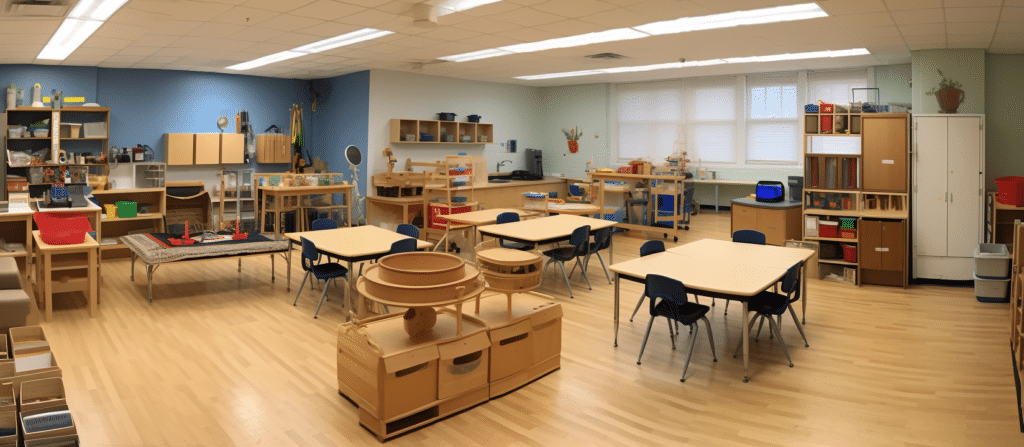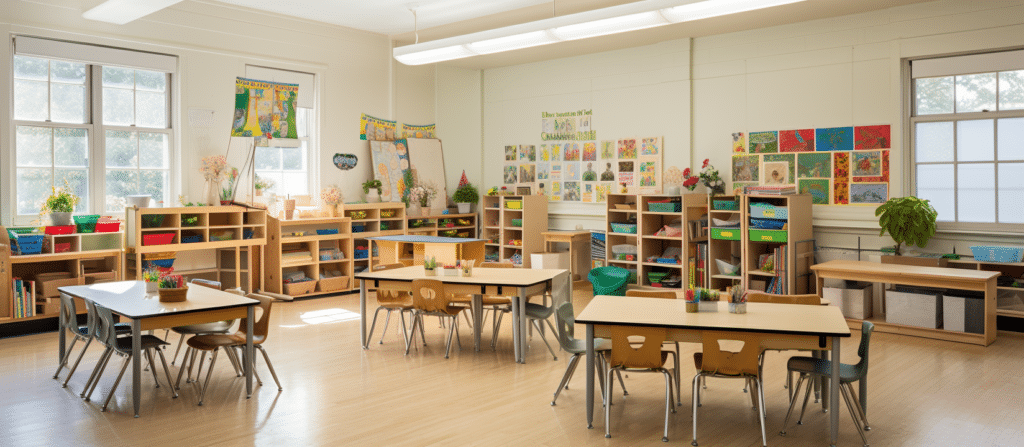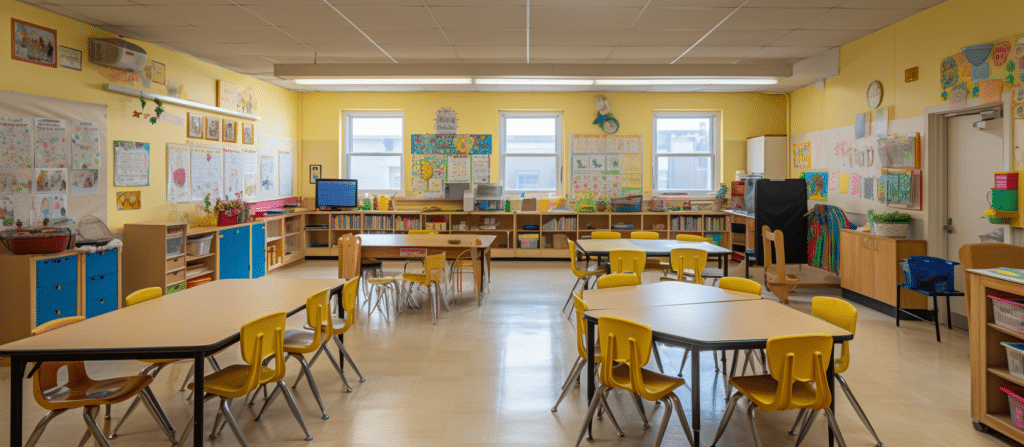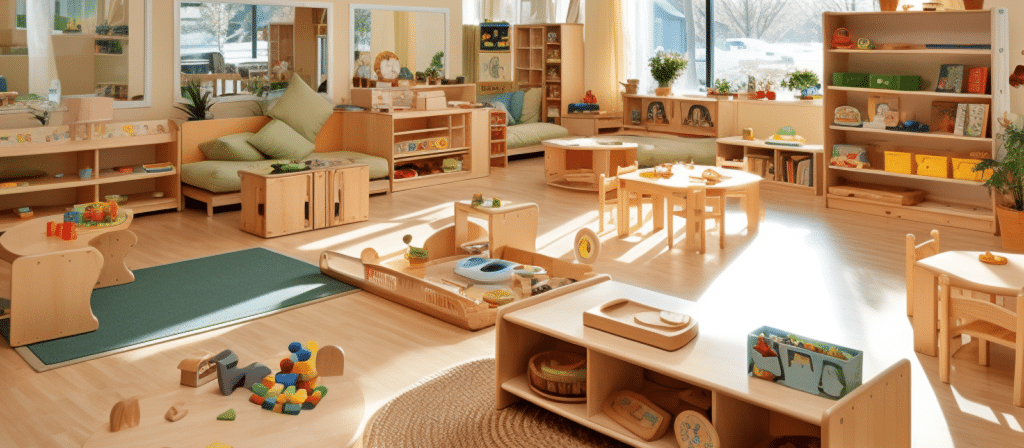Are you looking to create a dynamic and engaging learning environment in your daycare? Cooperative learning activities are a fantastic way to encourage teamwork, problem-solving, and social skills in young children. This article explores the importance of daycare furniture tailored for cooperative learning, offering insights and ideas to inspire a collaborative and inclusive space.
Daycare Furniture for Cooperative Learning Activities is essential for promoting teamwork and collaboration among children. It includes versatile seating arrangements, interactive workstations, and multifunctional furniture facilitating group activities.
Why is daycare furniture important for cooperative learning activities?
Daycare furniture serves as the foundation for creating a collaborative and inclusive space. It not only provides physical support but also influences the dynamics of the learning environment. When children feel comfortable and at ease in their surroundings, they are more likely to actively participate in group discussions, share ideas, and engage in cooperative tasks.
Choosing the right furniture can significantly impact the success of cooperative learning activities. Flexible seating options, such as bean bags, floor cushions, and wobble stools, allow children to choose their preferred seating arrangement based on their comfort and individual needs. This freedom of choice empowers children and encourages them to take ownership of their learning experience.
Additionally, modular furniture, such as adjustable tables and chairs, provides the flexibility to create different seating arrangements to accommodate various group sizes and activities. This adaptability allows for seamless transitions between individual work and group collaboration, fostering a sense of teamwork and cooperation among children.

How can daycare furniture enhance cooperative learning activities?
Daycare furniture can enhance cooperative learning activities in several ways. Let’s explore some key aspects:
Comfort and Ergonomics
Comfortable and ergonomic furniture is essential for maintaining children’s focus and attention during cooperative learning activities. Chairs with proper back support and adjustable heights ensure that children can maintain good posture, reducing the risk of discomfort or distractions. Ergonomically designed tables with rounded edges provide a safe and functional workspace for children to collaborate without any hindrances.
Mobility and Flexibility
Mobile furniture enables children to easily rearrange their learning environment to suit their needs. Tables and chairs with wheels or lightweight materials facilitate quick transitions between individual and group work settings. This flexibility allows children to adapt the space to their specific learning requirements, promoting a sense of autonomy and independence.
Storage and Organization
Efficient storage and organization solutions are crucial for maintaining a clutter-free and organized learning environment. Shelving units, cubbies, and storage carts help children keep their belongings and materials organized, ensuring easy access and minimizing distractions. When everything has its designated place, children can focus more on their collaborative tasks instead of searching for materials.
Color and Design
Colorful and visually appealing furniture can create a stimulating and engaging learning environment. Vibrant chairs, tables, and carpets can capture children’s attention and spark their creativity. Incorporating nature-inspired elements, such as tree-shaped bookshelves or animal-themed seating, can foster a sense of wonder and curiosity, encouraging children to explore and learn collaboratively.

What are some recommended daycare furniture options for cooperative learning?
Now that we understand the importance of daycare furniture in promoting cooperative learning activities, let’s explore some recommended options:
1. Collaborative Tables
Collaborative tables are specifically designed to facilitate group work and collaboration. These tables often have a trapezoidal or hexagonal shape, allowing children to sit facing each other, promoting eye contact and interaction. Some collaborative tables even come with built-in storage compartments, keeping materials easily accessible for group projects.
2. Circle Time Rugs
Circle time rugs create a cozy and inviting space for group discussions and storytelling sessions. These rugs are often circular in shape, with colorful patterns and educational themes. Circle time rugs help define a designated area for group activities, providing a visual cue for children to gather and collaborate.
3. Multi-Purpose Seating
Multi-purpose seating options, such as bean bags, floor cushions, and wobble stools, offer children the freedom to choose their preferred seating arrangement. These flexible seating options promote comfort and allow children to find a seating style that best suits their learning needs. They can easily be moved around the classroom to accommodate different group configurations.
4. Adjustable Desks and Chairs
Adjustable desks and chairs provide children with the opportunity to customize their seating and workspace according to their height and comfort. This adaptability ensures that children can maintain proper posture and focus on their collaborative tasks without any physical discomfort. Adjustable furniture also accommodates the diverse needs of children with varying physical abilities.

Conclusion
In conclusion, daycare furniture plays a crucial role in creating an engaging and collaborative learning environment for young children. By selecting the right furniture, such as flexible seating options, ergonomic designs, and visually appealing elements, daycare centers can enhance cooperative learning activities and promote the development of essential social and emotional skills.













